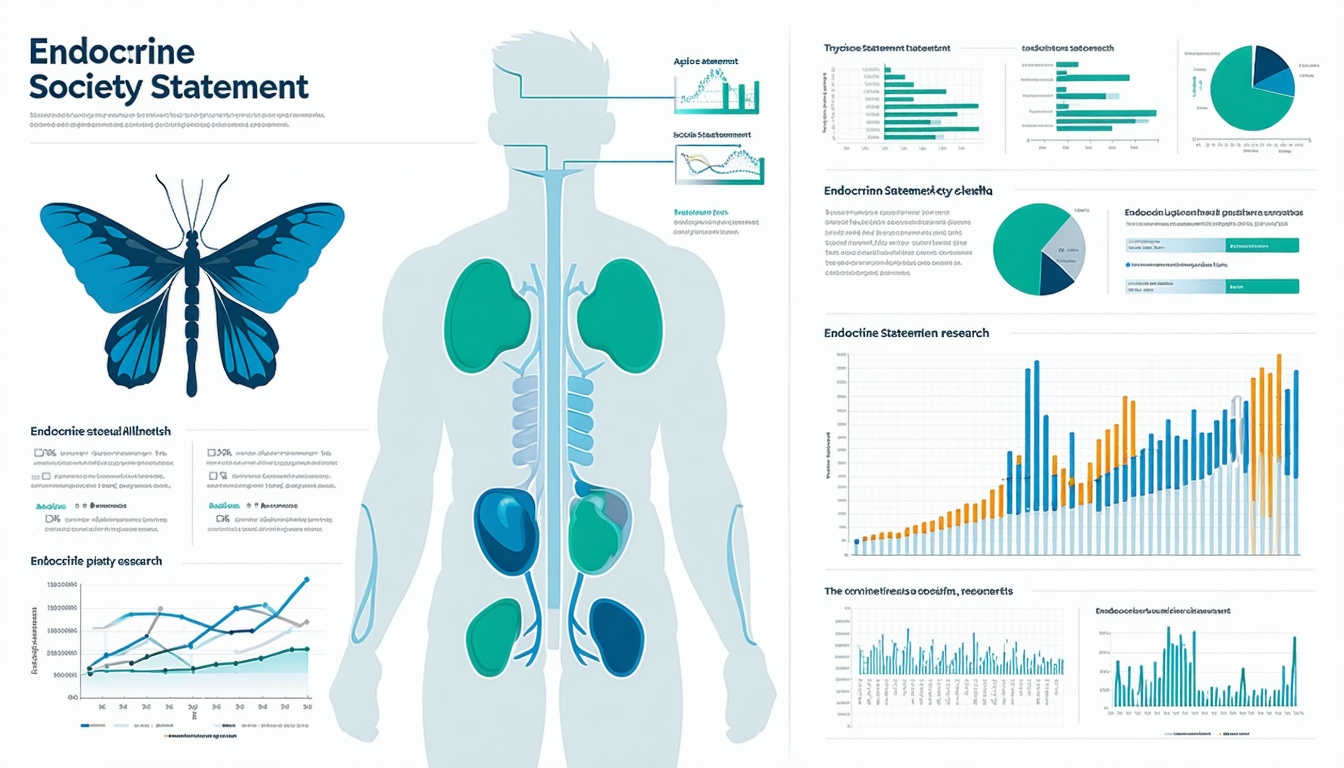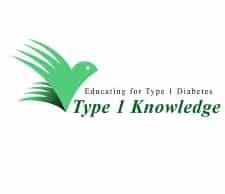Decoding the Endocrine Society Statement on Type 1 Diabetes
Many individuals following advancements in Type 1 Diabetes (T1D) research may be familiar with the latest Endocrine Society statement on the topic. This statement addresses important areas such as genetic influences, varying ages of onset, and the need for more extensive studies on β cell function and immunologic biomarkers (Endocrine Society). By emphasizing the heterogeneity of T1D, it challenges long-held assumptions that the disease is confined to children and adolescents.
Review The Statement’s Purpose
The primary goal of the Endocrine Society statement is to fill existing knowledge gaps in the pathogenesis and natural history of T1D. It highlights:
- Genetics and predisposition
- Pathology of the pancreas
- Early immunological markers
- Strategies to preserve β cell function
In 2024 alone, around 9 million individuals worldwide were living with T1D, although prevalence rates differ significantly by region (Endocrine Society). Researchers from institutions such as Vanderbilt University Medical Center, the University of Florida, and the University of Exeter Medical School contributed to this collaborative update.
Recognize T1D’s Evolving Onset
Traditionally labeled a disease of youth, T1D actually occurs at any age, including in those over 30. According to the statement, roughly one-third of individuals with T1D develop the condition during adulthood, refuting the notion of a purely “juvenile” disorder (source). This perspective underscores the importance of broader screening criteria and patient education that extends beyond pediatric care.
Highlight Key Research Challenges
The Endocrine Society calls for deeper exploration of T1D’s earliest phases. Traditionally, T1D has been segmented into three stages, ranging from the presence of autoantibodies (stage I) to clinical diagnosis (stage III). Now, experts propose adding stage 0 to capture immune or endocrine events that may precede these known markers. Understanding this earlier window could:
- Reveal triggers of abnormal immune response
- Improve predictions of progression
- Inform preventive treatments
Another pressing challenge involves the variability in T1D presentation. Some individuals rapidly lose β cell function, whereas others follow a slower trajectory. Greater appreciation of this heterogeneity can lead to personalized treatment approaches.
Consider Screening And Intervention
Screening those at risk, such as relatives of individuals with T1D, is already commonplace. However, the utility of screening in adults with no family history remains uncertain. While the benefits and costs of broad testing are still debated, new therapies continue to generate optimism. For example, a treatment called Teplizumab (Tzield) has shown promise in delaying T1D onset (Medscape). This development indicates that identifying individuals earlier could improve their long-term outcomes.
Offer A Concluding Perspective
Overall, the Endocrine Society statement underscores a growing understanding of T1D’s complexity. By recognizing a wider age range of onset and refining traditional disease staging, clinicians and researchers can pursue earlier interventions. Ongoing work in genetics, immunology, and β cell preservation signals meaningful progress that may alter how T1D is diagnosed and managed. Future studies will likely focus on pinpointing distinct disease subtypes and refining treatments accordingly, bringing the field closer to comprehensive answers.
Read more about the Endocrine Society’s statement regarding knowledge gaps in T1D.








Leave a Reply